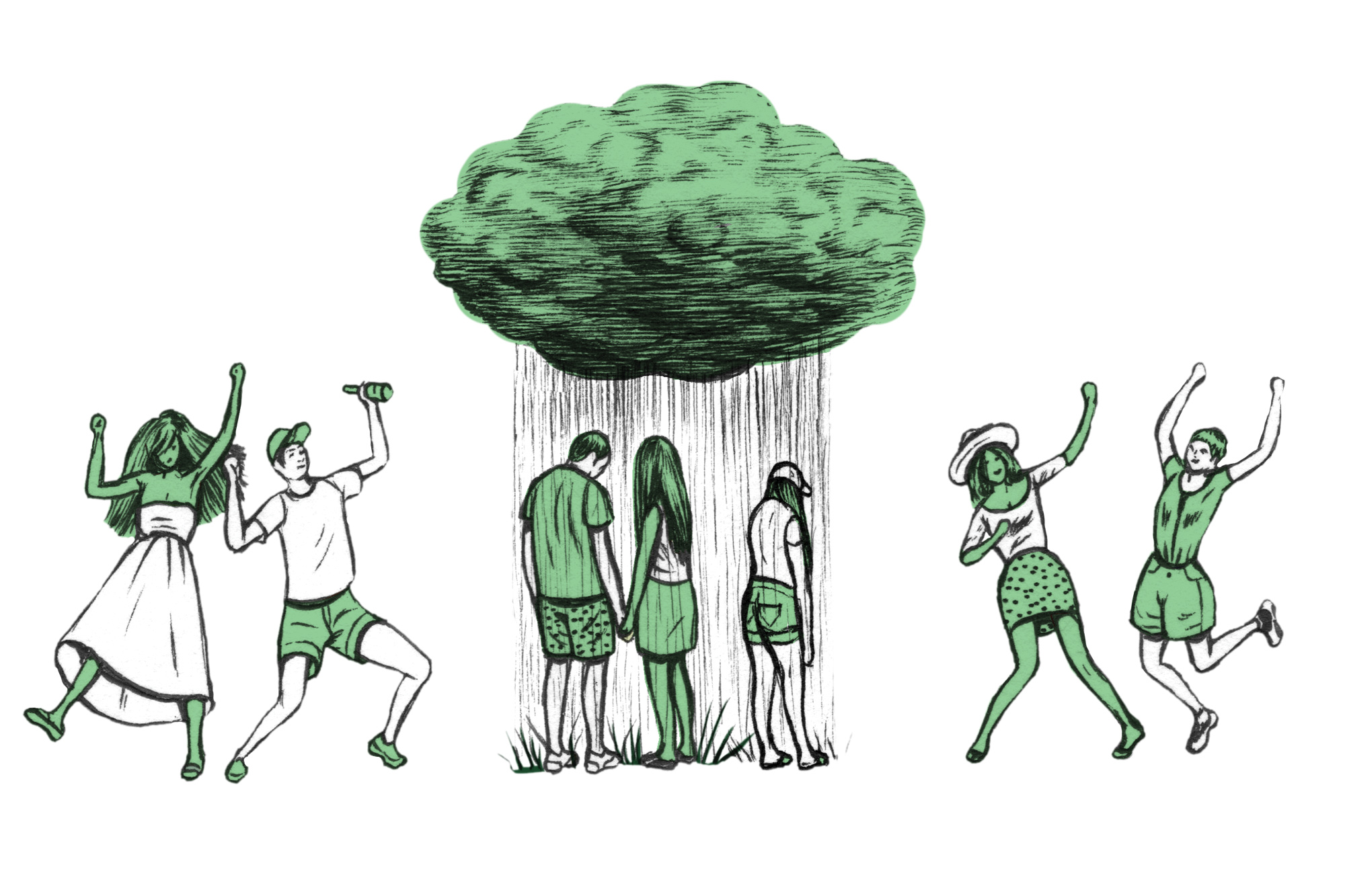

Brett Rossio is a Meteorologist at Accuweather. This is his tale from the field as told to Sandra Gutierrez G.
The models my fellow meteorologists and I use to make forecasts can be fairly accurate. But when predicting conditions in a very specific area, things get tricky.
I understand how frustrating that can be, because I’ve dealt with surprise showers myself. There’s one particular incident I’ll never forget: It was the peak of summer in 2018, and my friends and I were on our way to a music festival near our house in State College, Pennsylvania. I had personally analyzed the weather data and was confident there would be no rain. Then, out of nowhere, big cumulonimbus clouds formed above us—the dark, extra-puffy kind that are clearly loaded with precipitation. Soon a torrential downpour drenched precisely and exclusively the area where the event was taking place. We got soaked, and my friends were not pleased.
To determine the weather, we use, among other things, a series of equations to analyze raw data, such as dew point, temperature, wind, and barometric pressure. But that process neglects variables that are difficult to quantify, like the amount of moisture coming off the surface of the Earth at any given time in a specific location. Too much evaporation can sometimes turn a cloudy afternoon into a thunderstorm (though I still think other factors triggered the rain that day). I’ve learned even the best models are just tools; sometimes you have to pop your head out the window and look up.
This story appears in the Fall 2020, Mysteries issue of Popular Science.